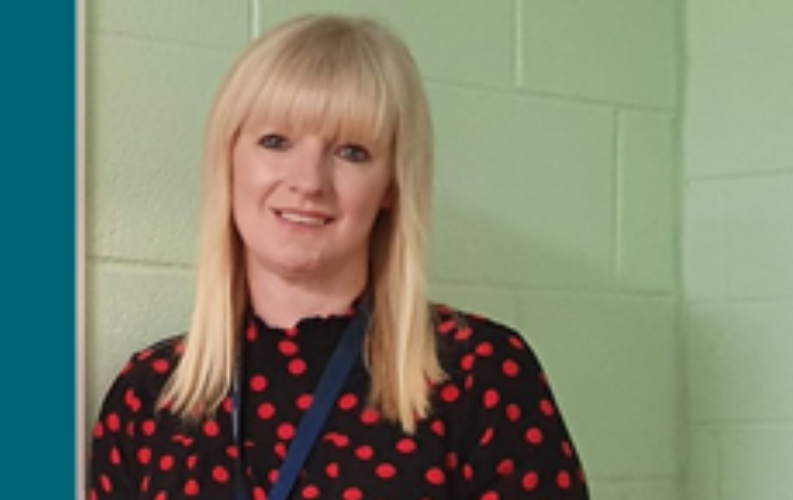SSE Provider CPD Case Study: Understanding the benefits of self-assessment
As part of our quality arrangements, Skills Development Scotland have adopted self-assessment, a recognised and trusted methodology, to help training providers to improve the outcomes for their learners.
One training provider who has exemplified a strong approach to self-assessment is SSE Services plc, who deliver apprenticeship frameworks in power distribution, engineering, heating and ventilation, and plumbing.
Here SSE’s approach to self-assessment is outlined and SSE Apprenticeship Quality and Performance Manager Judy Preece, speaks about the effectiveness of self-assessment and offers her recommendations to other training providers.
Understanding the benefits of self-assessment
SSE recognises the importance of self-assessment and understands the benefits that this activity adds to continuous improvement of their MA programme. As Judy explained, self-assessment helps paint a “transparent picture” of training delivery and the organisation embraces the opportunities for development that this provides. Judy said: “I firmly believe that self-assessment and resulting quality improvement plans ensure that we remain focused on where we need to improve”.
I firmly believe that self-assessment and resulting quality improvement plans ensure that we remain focused on where we need to improve.
Judy Preece
SSE Apprenticeship Quality and Performance Manager
SSE Apprenticeship Quality and Performance Manager Judy Preece, speaks about the effectiveness of self-assessment and offers her recommendations to other training providers.

When approaching self-assessment, SSE invites stakeholders from business units and sub-contractors to contribute to the completion of the self-assessment document. The document is shared electronically with stakeholders and feedback is then gathered face to face at scheduled meetings and collated by the Apprenticeship Quality and Performance Manager.
This provides a range of views and opinions from a broad spectrum of individuals involved in programme delivery. As Judy explained: “A solo reflection is not a true reflection; one person does not know about every minor detail and solo completion risks missing some information. It is important to have a team of people that feed into self-assessment”. Taking into consideration the opinion and feedback of all involved in programme delivery is an approach that can be applied regardless of organisational size.
The structured approach to self-assessment that SSE has is therefore effective in ensuring identification of good practice and areas for improvement. For Judy and SSE, areas for improvement were not only identified but also successfully addressed as a result of their self-assessment. Staff and stakeholders become accountable for actions that they have identified as requiring improvement and take responsibility for seeing that this happens. The involvement of stakeholders has been received well. Judy explains, “business stakeholders speak positively of being involved in the self-assessment process”. This is particularly the case for sub-contractor partners who “feel part of the wider SSE family”.
At SSE, regular reviews of their Quality Action Plan also ensure the document is updated and remains current and relevant. Through their iterative processes, SSE has built continuous improvement into the culture of programme delivery.
It’s something that is positive for your organisation and a way to think about what benefits learners and what can be improved. My advice is to always think about the impact on the apprentice and how your actions and self-assessment have made a difference to the learning journey.
Judy Preece
SSE Apprenticeship Quality and Performance Manager
Self-assessment tips
Judy recommends other training providers should not see self-assessment as a chore or just something to be completed for SDS. As she explained: “It’s something that is positive for your organisation and a way to think about what benefits learners and what can be improved. My advice is to always think about the impact on the apprentice and how your actions and self-assessment have made a difference to the learning journey”.
Additionally, the self-assessment process is also about identifying and celebrating with staff and stakeholders what is working well, not just for thinking about areas for improvement. Judy said: “For us as an organisation, celebrating success is just as important as recognising where we need to make a difference”. Finally, Judy advises that preparation is important for self-assessment. It’s not an activity to be completed the day before submission. By establishing a structured process at the outset, it can make it easier to gather all the information that should feed into the self-assessment.